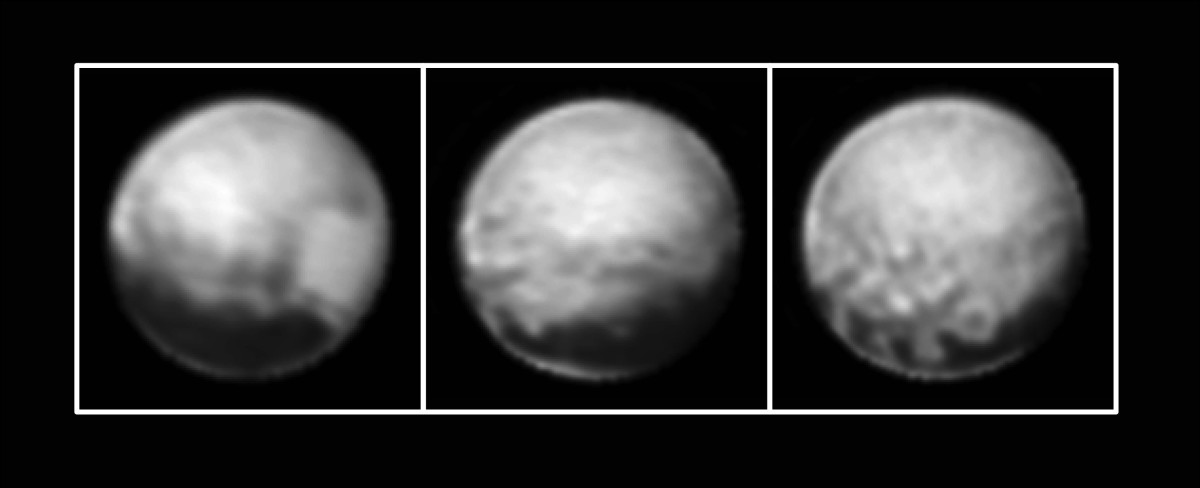A probe that was sent to the outer reaches of the Solar System isn’t even as close as it’s going to get to Pluto yet, but it’s already settling decades of debate with first-hand photographic evidence.
The New Horizons probe, operated by a team at the Johns Hopkins University Applied Physics Lab in Laurel, Md., sent back data showing the dwarf is bigger than we earthlings gave it credit for.
Scientists concluded that Pluto is 1,473 miles in diameter. That’s about 50 miles more than previous estimates. The measurements settle a debate that scientists have waged since 1930.
The measurements probably won’t rescue Pluto from its dwarf status because of all of the other bodies floating nearby. It does, however, confirm that it’s the big dog of the Kuiper Belt, the region of thousands of space bodies that’s beyond Neptune.

The discovery was made after New Horizons grabbed photos with its Long Range Reconnaissance Imager, better known around APL as LORRI.
Last week’s glitch appears to be in the rearview mirror at mission control as the nine-year, 3-billion mile wait for the New Horizons show has begun. Scientists have marveled at the trove of data that scientist Alan Stern called “a gift for the ages.” Analysis of some of the photos brought confirmation of a polar ice cap. Other photographs have revealed geologic detail that potentially point to cliffs and an impact crater. A series found on the south pole look like a whale’s tail. Next to the whale, there is a formation that looks like a heart.

This could just be the overture, as Pluto is set to come into closer relief. The probe is set for its closest approach early Tuesday morning as it takes a 30-minute jaunt past the dwarf planet and its five moons from a distance of about 7,800 miles. After Pluto, the probe will move on to the moon Charon.
The probe will be incommunicado with Earth for about 22 hours as the probe performs the complex operations involved in the flyby. Due to the delay in communications reaching Earth, scientists at APL won’t re-establish contact until just before 9 p.m. That’s the earliest anyone will hear confirmation that the probe survived, and see any close-up photos.
Here’s the last picture we received before the flyby:
https://twitter.com/NASA/status/620936275336368128/photo/1







